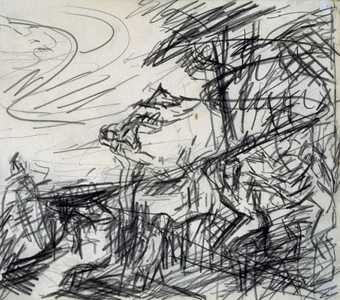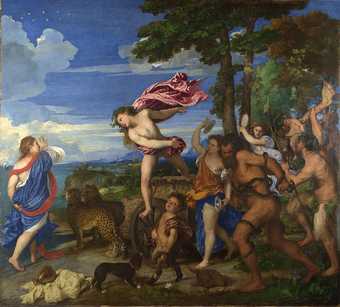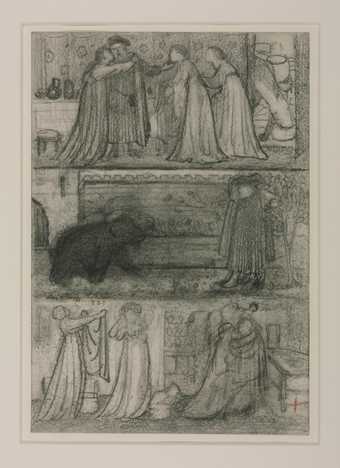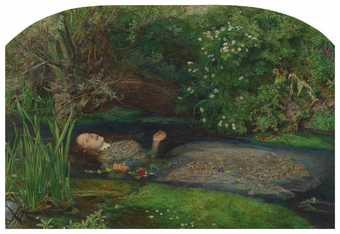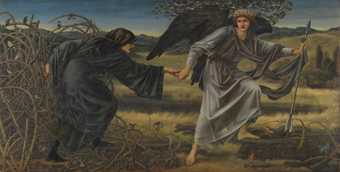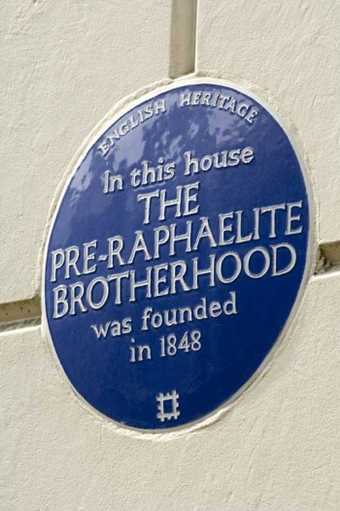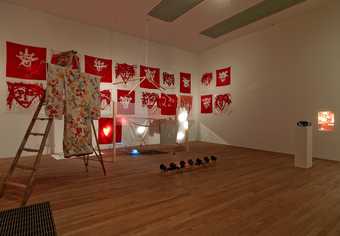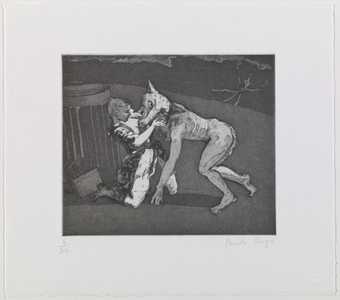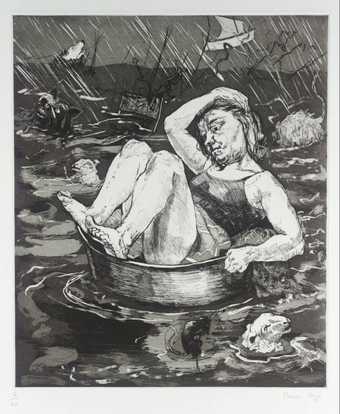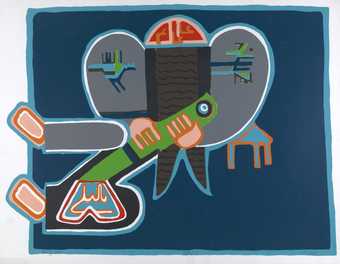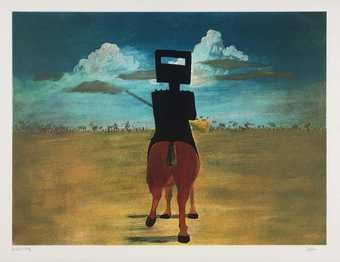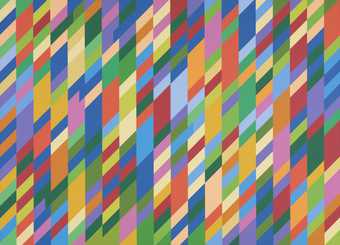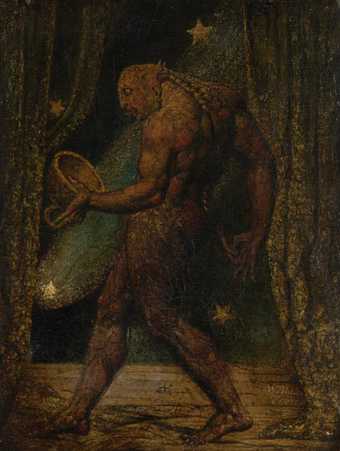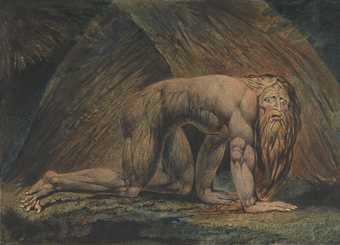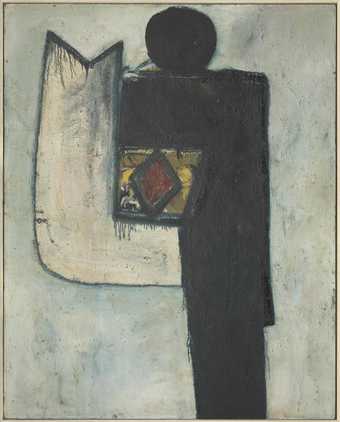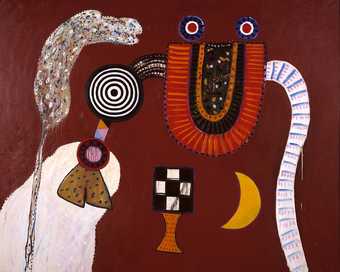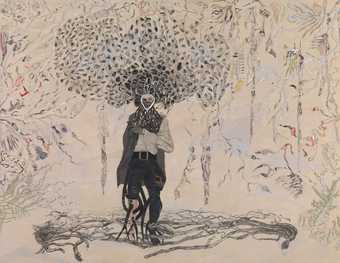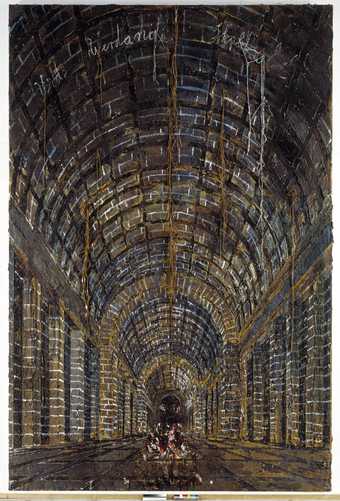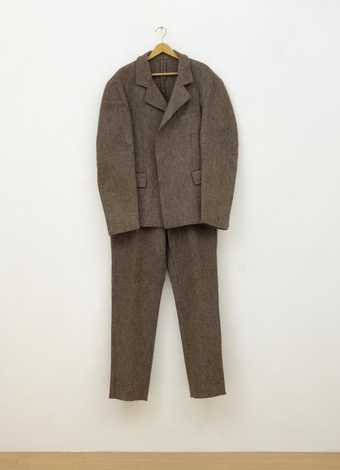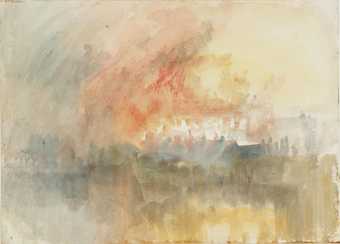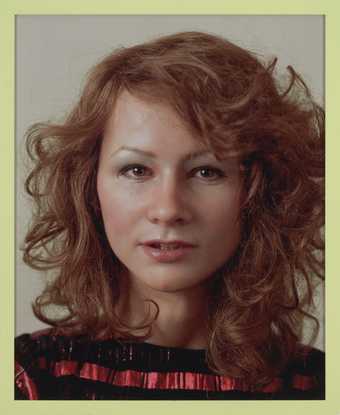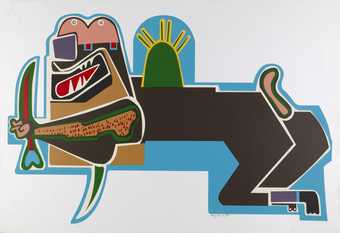
Parviz Tanavoli
Lion and Sword (2009)
Tate
For hundreds of years artists have used myths and legends to inspire works of art. They have depicted scenes from Ancient Greek mythology, explored dark folk tales in gory detail, and even created their own cast of characters!
Classical mythology
Have you ever walked through an art gallery or museum and seen walls and walls of old dark paintings depicting stiff scenes from classical mythology? Don’t let them put you off! The stories – and the heroes, gods and monsters – from Ancient Greek and Roman mythology can provide rich and exciting ideas for art.
Drama and story telling
J.M.W. Turner paints atmospheric landscape settings for stories from classical mythology. Spectacular mountains and dramatic skies form the background for battles between heroes and monsters.
Frank Auerbach made sketches of a painting by Italian master Titian called Bacchus and Ariadne in the National Gallery in London. The painting shows Bacchus, the Roman god of wine, with his drunken and wild followers. Bacchus sees Ariadne, marries her and transforms her into a constellation of stars.
Auerbach changes the figures, trees and clouds of the original painting into a series of expressive lines and gestural brushwork. These capture the movement and energy of Titian’s painting as well as the passion of the story.
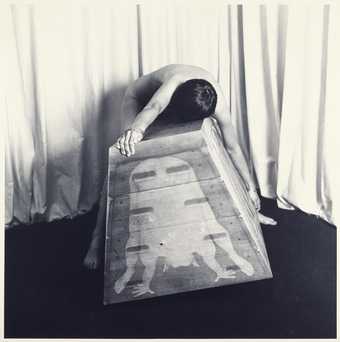
Helen Chadwick
The Labours VIII (1983–4)
Tate
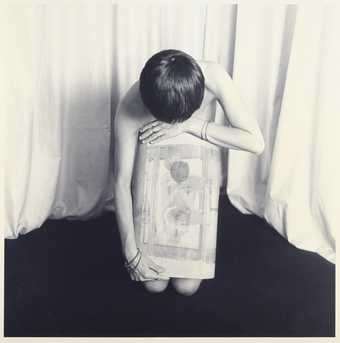
Helen Chadwick
The Labours I (1983–4)
Tate
Artist Helen Chadwick used the myth of the ‘Twelve Labours of Heracles’ as the inspiration for her series of photographs The Labours 1986. In Classical mythology Heracles (more famously known by his later Roman name ‘Hercules’), has to complete twelve difficult tasks as a punishment for killing his wife and son. (There were originally ten tasks but two more were added later.) The tasks – or labours – included things like killing nine-headed monsters. Helen Chadwick’s Labours are ten photographs that represent ten key stages in her development from birth to the age of thirty (when she made the work). The stages in her life are represented by ten geometric sculptures. These are based on everyday objects that were personally significant to her. In the photographs, Chadwick interacts with the sculptures, sometimes lifting them and sometimes cradling them.
Gods, heroes and monsters
As well as the stories from Classical mythology, its gods, heroes and monsters can be a rich source of inspiration.
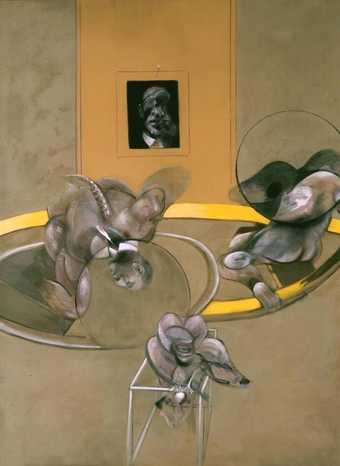
Francis Bacon
Three Figures and Portrait (1975)
Tate
Francis Bacon took inspiration from Greek mythology for some of the twisted and tortured monster-like forms in his paintings. In Three Figures and Portrait 1975 the bird-like form in the foreground, with its snarling human mouth, has been linked to the Furies – fearsome creatures from Greek mythology.
Have a look at more monsters and characters from Classical mythology in art and the very different ways artists have used to depict them.
The Minotaur
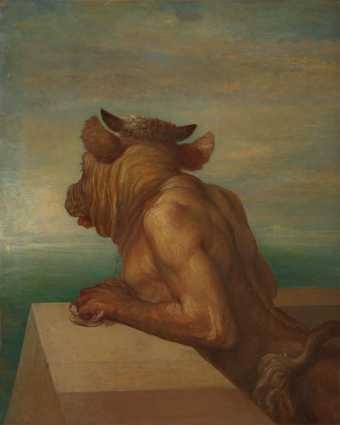
George Frederic Watts
The Minotaur (1885)
Tate
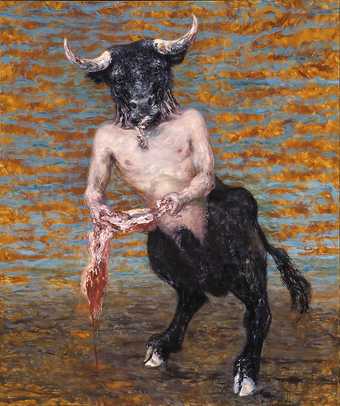
Maggi Hambling
Minotaur Surprised while Eating (1986–7)
Tate
© Maggi Hambling. All Rights Reserved 2020 / Bridgeman Images
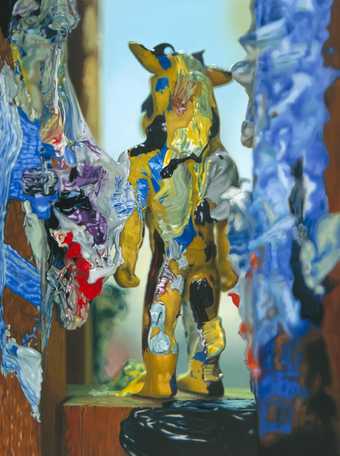
Richard Patterson
Painted Minotaur (1996–7)
Tate
In Greek mythology, the is a creature with the body of a man and the head and tail of a bull. It lived at the centre of a labyrinth (a complicated maze-like construction).
Narcissus
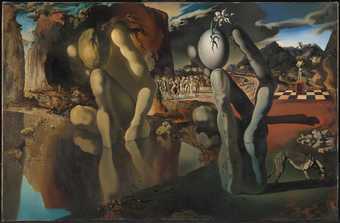
Salvador DalÃ
Metamorphosis of Narcissus (1937)
Tate
© Salvador Dali, Gala-Salvador Dali Foundation/DACS, London 2025
was a hunter and was known for being very good looking. He was also big headed about being so handsome. He despised and cruelly rejected people who fell in love with him, leaving them broken-hearted and causing some of them to kill themselves. But Narcissus was punished for his vanity. While out hunting he had a drink of water from a pool, saw his refection and fell deeply in love – with himself. When he realised that his love could not be returned (by the reflection) he melted away from the fire of passion inside him.
Venus / Aphrodite
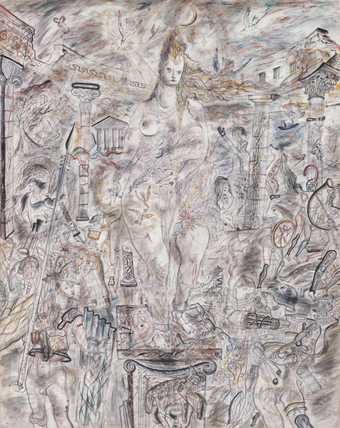
David Jones
Aphrodite in Aulis (1940–1)
Tate
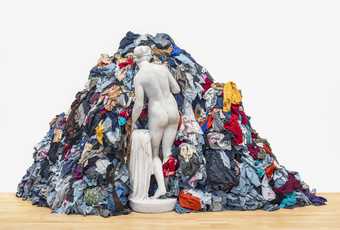
Michelangelo Pistoletto
Venus of the Rags (1967, 1974)
Tate
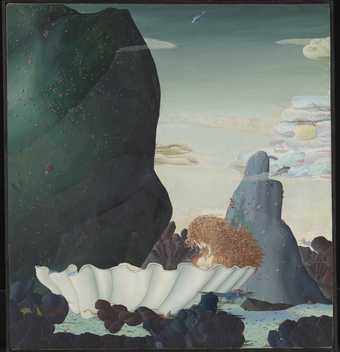
Thomas Lowinsky
The Dawn of Venus (1922)
Tate
is the Roman goddess of love, sex and desire. (Aphrodite is the Greek version of the goddess of love.)
Legends and folk tales
There are all kinds of myths, legends and folk stories. Often these are part factual and part make-believe. Every culture has its own legends and folklore. Some artists have also created their own legends and cast of characters to tell stories stories.
Arthurian legends
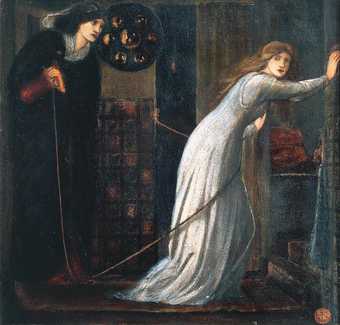
Sir Edward Coley Burne-Jones, Bt
Fair Rosamund and Queen Eleanor (1862)
Tate
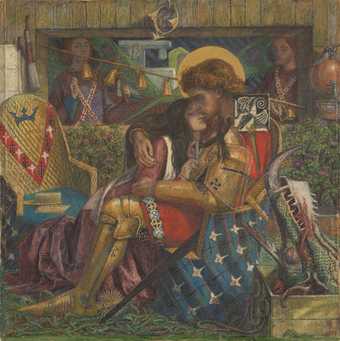
Dante Gabriel Rossetti
The Wedding of St George and Princess Sabra (1857)
Tate
Pre-Raphaelite artists, such as Edward Burne-Jones and Dante Gabriel Rossetti, were fascinated by medieval life, art and culture. They felt that Renaissance art and interest in Classical culture had crushed the creativity and feeling of earlier styles of art. They turned to medieval art for their inspiration and medieval literature and legends for their subject matter. The legends of and his knights feature in their work.

